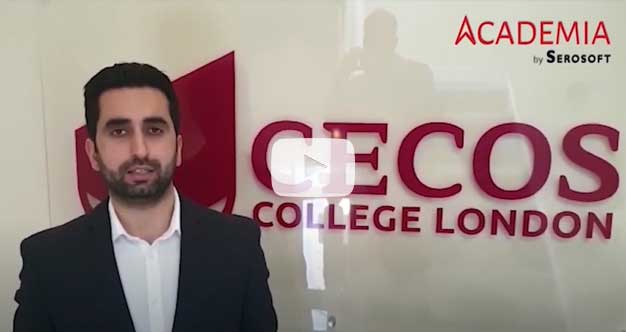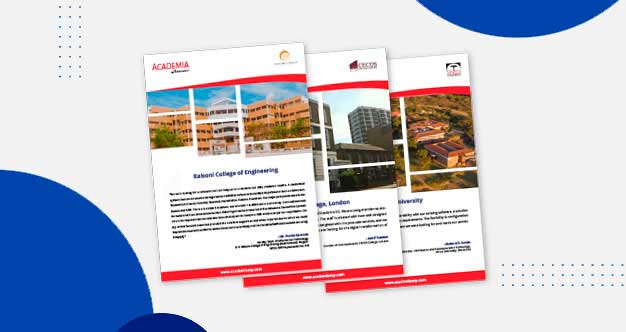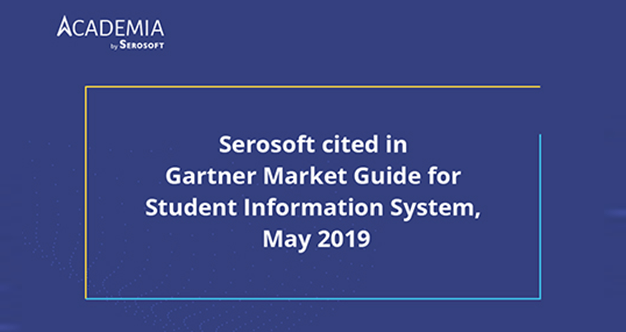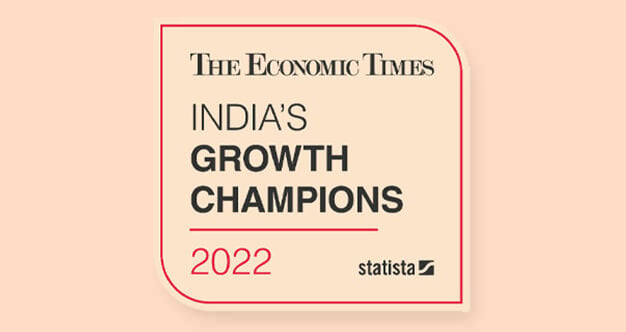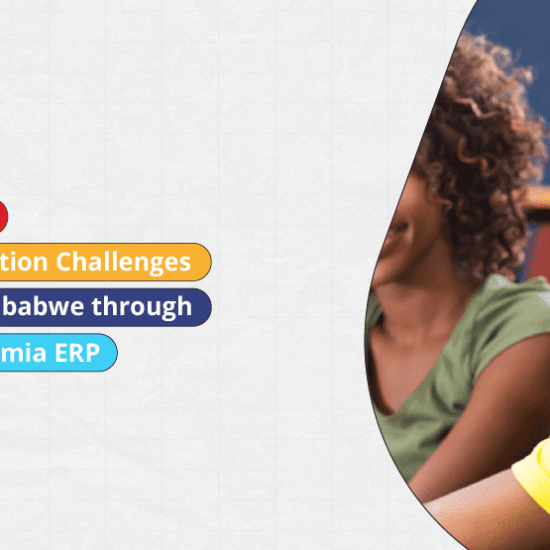Education in Indonesia vs. the Philippines
In 2021, ASEAN reported that covid-related school foreclosures had affected the quality of education for more than 152 million children in the member countries. To confirm the impact, Gallup — a public poll specialist, estimated education satisfaction in Southeast Asia has dropped to 63% from 85%.
Looking eye-to-eye with these massive challenges, the Cambridge-ASEAN policy was a mandate which provided a direction to ministers of education in the member country and provided tangible actions to reverse the effects of Covid-19. Although the impact of the pandemic was not that dire in all the member countries — Indonesia and the Philippines were not that lucky enough. According to a Unicef report, the education of 80 million children in Indonesia was impacted by Covid-19. Similarly, in another Unicef report, 27 million Filipino students are impacted by Covid-19.
Summarizing the policy Cambridge-ASEAN policy, the team highlighted the importance of going digital and establishing a robust digital infrastructure to ensure students have access to learning resources. Mental health and well-being should take center stage when building new education policies and countering learning loss. Governments and organizations need to prioritize learning losses for younger students, vulnerable students, and people on vocational pathways.
But before any nation delves into these suggestions, it becomes imperative that they address the long-standing issues in their education system. The two ASEAN (Association of Southeast Asian Nations ) countries (Indonesia and the Philippines) have some shortcomings in the sector that has, time after time, affected the students in many ways.
Three significant issues on which we would be comparing the education system of both Indonesia & Philippines are — quality, affordability, and budget.
- Quality of education:
- Philippines
The Philippines has recently revised its education system, making education compulsory for 12 years. With this comes some significant challenges in curriculum, wherein language, literature, natural science, social sciences, arts, and humanities will be taught from grade 1 to 12, except chemistry which is only taught after the 9th grade.
However, the change in the curriculum per se is not an indication of the quality. Facts disagree and show a sharp decline in the quality of education in the Philippines. In a standard test among the students and the National College Entrance Examination for college students, the scores were below the target mean score. Also, the attributed decline in quality may be due to the shortage of teachers in public schools.
- Indonesia
Indonesia has the fourth-largest education system in the world. However, in an education quality assessment done for 50 nations, it landed the last position. Although the country is making ample efforts towards improving the quality of education, the youth seems to be not benefitting from it — which is more or less a common phenomenon amongst middle-income countries.
- Affordability of Education
- Philippines
In the Philippines, there is a significant disparity between educational achievements across social groups. Students from socially and economically weaker sections seem to drop out more often, especially at an elementary level. And most of the freshman students at the tertiary level come from families with affluent backgrounds. Also, public-funded schools are underfunded.
- Indonesia
Only one-third of 57 million school-going students finish their primary education. Although, unlike the Philippines, Indonesia does provide excellent access to primary and secondary education to its students resulting in a spike in enrollment rates from 21% to 77% between 1978 to 2015. The system evades the needs of the students, leaving millions becoming marginalized and forgotten in the classroom.
Furthermore, many education authorities responsible for running the national education system have been caught in corruption scandals that use loopholes in the system for political gains and personal wealth creation. There is a need for reform where teachers and students are empowered. Hence, the government has to work towards making education more affordable for the students hailing from the middle class.
- Budget
- Philippines
The budget allotted for education by the government is not enough to sustain. This contrasts with the Philippine constitution, as it mandates the government to allocate the highest proportion of the budget to education. Also, according to a report, amongst the ASEAN countries, the Philippines has the lowest budget allocations. Low budget directly affects the public school infrastructure, resulting in underpaid teachers, insufficient reading material, poor facilities, and more.
- Indonesia
Similar to the Philippines, the education sector in Indonesia too is fighting inadequacy of the budget. Because of this, experts say less than half of the country’s teachers that are hired do not fulfill the qualification for the position. Also, absenteeism is on a high rise, well above 20%. Teachers are found to work outside the classroom to improve their incomes. Corruption is to blame for it.
Conclusion
In both countries, there is an educational employment mismatch. For both countries to shorten the divide, they must work on skill development and make significant changes in their curriculum to meet the needs of the evolving job market. This is likely to help both countries to reduce the growing number of educated, unemployed, and underemployed populations.
Suppose you are looking for a digital transformation for any educational institution in Indonesia, Phillippines, or any other Southeast Asia country. Academia ERP is there to help and rejuvenate your institutions’ digital fluency. Request a live demo of how Academia ERP is a problem solver for your education institutes.
 Higher Ed Plans
Higher Ed Plans K12 Plans
K12 Plans

